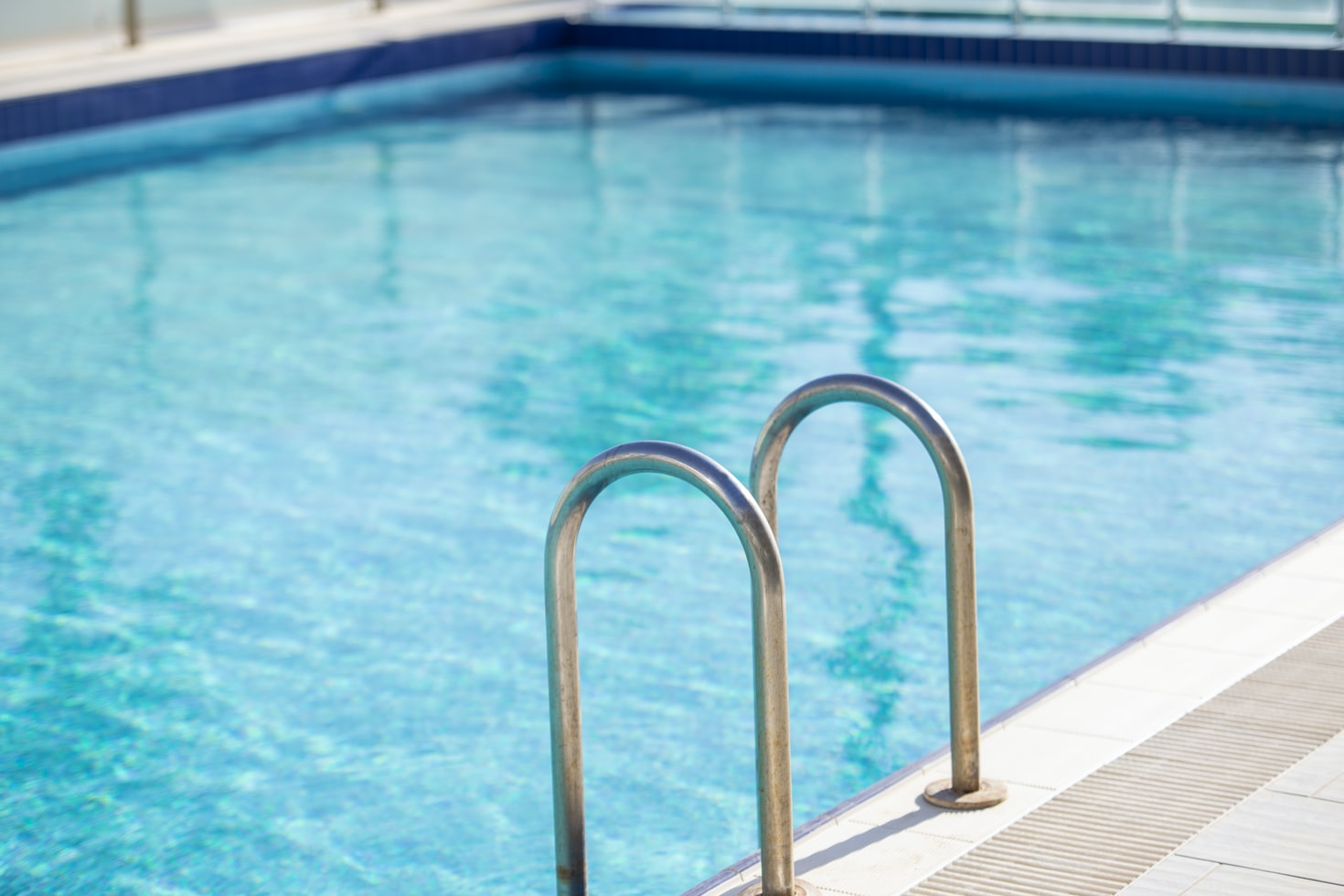Many people seek ways to add to the value of their properties. There are several home improvement ideas that can achieve this, including the installation of a swimming pool. If you own one, you’ll know how important it is to maintain it properly. Pool owners need to be using the right chemicals and equipment, be preserving the water quality and doing their best to prevent accidents of any kind.
Whether you’ve had a pool for a long time or have just had one installed, this article can provide you with some helpful maintenance tips from the experts.
Employ A Cleaning Company
If you want to ensure that your pool is always clean and in good condition, you could employ the services of a professional cleaning company. They will have the necessary expertise and equipment to get the job done properly. If you can afford their help, you can relax and enjoy your pool without having to worry about maintaining it yourself.
If you go down this route, make sure the company has good online reviews and uses chemicals that are safe for pools. If you’re looking for an affordable pool cleaning service you’ll find that many company websites allow you to request a quote, book a service or ask a question online. It’s possible to access full-service pool and spa cleaning services that can vacuum the pool floor, empty the pump basket, check for leaks and clean your equipment.
Clean The Pool Filter And Test The pH Levels
It’s important to clean the filter regularly in order to keep your pool looking and functioning at its best. You should do so every week if it’s a sand filter, or every other week if it’s a cartridge filter. If you don’t clean it often enough, dirt and debris will build up and can clog it, causing it to work less efficiently. This can lead to decreased water circulation and filtration, algae growth, and cloudy water.
The pH level is to do with the actual measure of acidity or alkalinity. Test strips are available at pool supply stores and online that can help you test your water’s chemical levels weekly. The levels will tend to fluctuate more in warmer weather due to sweat, urine, rainwater runoff from outdoors, etc.
Check The Chlorine Levels
The chlorine levels in your pool should be maintained at between 1.0 and 3.0 parts per million (ppm) to ensure the water is clean for swimming. This value will also depend on any chlorine-based chemicals you’ve added, so check this carefully before going ahead with the testing procedures. There are three ways that you can test the chlorine levels:
- Put a chlorine tablet or stick directly into the pool. This gives an approximate reading only from where you place the item, and it offers no further insight
- Use a digital tester that measures conductivity changes in response to chlorine concentrations
- Use a chlorine test kit – this will give you accurate results at specific testing points. It’s probably the best way to get an idea of the chlorine levels for your pool
When checking the chlorine levels it’s recommended to put the tester into the water near the skimmer or main drain. They are the areas that gather the most contaminants from the swimmers or pool-cleaning chemicals.
Remove Leaves And Other Debris
If your pool has a skimmer or an automatic suction, remove all visible leaves from the surface. Do this before they sink into the filter system to ensure better performance. Also check for sticks, branches or anything else floating around in your swimming pool.
Another important thing to do regularly is to rake the pool floor. This will remove any dirt or leaves which may have settled there over time. Doing this can help keep your water looking crystal clear, as well as prevent the build-up of algae. Generally speaking, raking every other day should suffice but it’s always good to check with your local pool store for their recommendations.
Clear The Area Surrounding The Pool
Clean up all leaves, sticks or mown grass around the edge of your pool before they enter the water and block drains or clog filters.
Make sure all debris has been removed from the surrounding area because slip and fall accidents are a common pool hazard. People (especially excited children!) tend to forget about wet surfaces or loose materials they could trip over. Make sure there are no sharp items that could cut peoples’ feet.
Regularly Check The Pool For Damage
There are many different types of damage that can occur, including cracks in the surface and damage to steps or ladders on the side of the pool.
If you notice anything wrong, check with your local pool service provider. They can give you advice on how to fix it before the situation becomes worse (and even more expensive to repair).
Look For Leaks
It’s important to perform these checks on a regular basis. You can do this by inspecting the tiles and grout around the pool edge, as well as the coping (the border that sits on top of the tile). If you notice any cracks or missing pieces of mortar, it could be an indication that there’s a leak.
Alternatively, put dye tablets into the skimmer basket and observe how they disperse throughout the water. If you see any signs of discoloration near the drains or return lines, it means that water is escaping from those areas. If you do find a leak, it’s best to call in a professional to fix it before it gets worse. They can advise you when it’s time to replace old pipes with new ones so there won’t be any leaks in the future.
If you maintain these key areas the pool will be safer to use and it will last longer. Whether you do the work yourself or employ someone else it will enable you to get the maximum enjoyment from your pool. Your family and friends will also reap the benefits of the way you correctly steward your pool.











